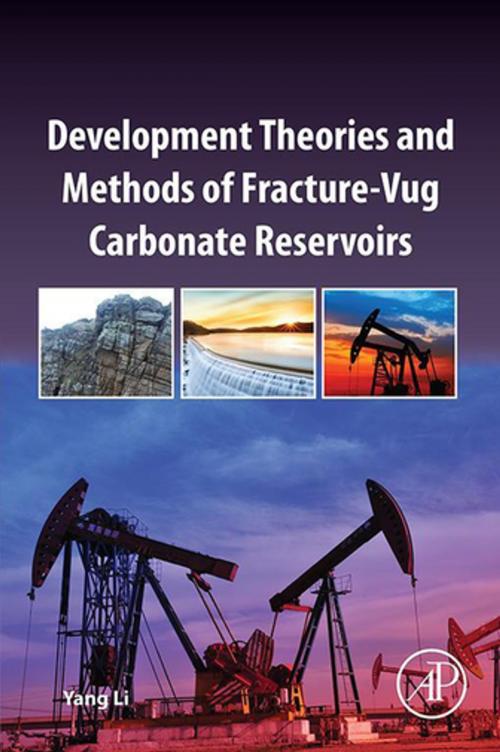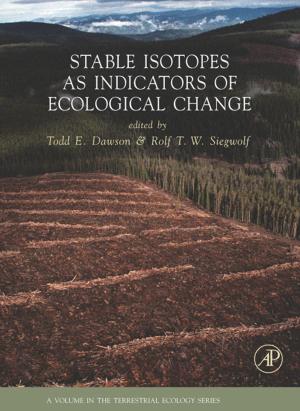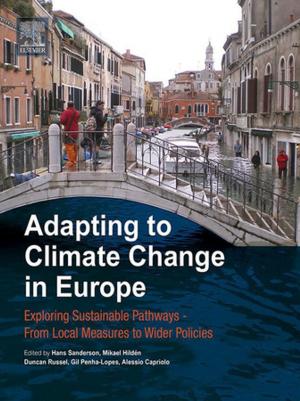Development Theories and Methods of Fracture-Vug Carbonate Reservoirs
Nonfiction, Science & Nature, Science, Chemistry, Physical & Theoretical, Technical & Industrial| Author: | Yang Li | ISBN: | 9780128132470 |
| Publisher: | Elsevier Science | Publication: | May 17, 2017 |
| Imprint: | Academic Press | Language: | English |
| Author: | Yang Li |
| ISBN: | 9780128132470 |
| Publisher: | Elsevier Science |
| Publication: | May 17, 2017 |
| Imprint: | Academic Press |
| Language: | English |
Development Theories and Methods of Fracture-Vug Carbonate Reservoirs explores the theories and methods for successful development of a fracture-vug reservoir by presenting the developmental strategies used in the Tahe oilfield.
Some of the theories and methods of developing the Tahe fracture-vug reservoirs have been inspired by two China national research projects: The ‘Basic research on development of fracture-vug carbonate reservoirs’ (2006-2010), and the ‘Basic research on production mechanism and oil recovery enhancement of fracture-vugcarbonate reservoirs’ (2011-2015), with support by the National Basic Research Program of China.
These theories and methods have facilitated the successful development of the fracture-vug reservoir in the Tahe oilfield, providing effective technologies and inspirations to developing similar reservoirs everywhere.
- Provides information on both theoretical developments and technological innovations
- Applies the modern karst formation characterization and the fracture-vug hierarchical structure to geological investigations of fracture-vug carbonate reservoirs
- Introduces the karst facies-controlling 3D geologic modeling of fracture-vug reservoir formations
- Proposes the coupled-processing and equivalent multi-medium numerical simulation methods of fracture-vug reservoirs
- Presents development methodologies and techniques of water/gas flooding
Development Theories and Methods of Fracture-Vug Carbonate Reservoirs explores the theories and methods for successful development of a fracture-vug reservoir by presenting the developmental strategies used in the Tahe oilfield.
Some of the theories and methods of developing the Tahe fracture-vug reservoirs have been inspired by two China national research projects: The ‘Basic research on development of fracture-vug carbonate reservoirs’ (2006-2010), and the ‘Basic research on production mechanism and oil recovery enhancement of fracture-vugcarbonate reservoirs’ (2011-2015), with support by the National Basic Research Program of China.
These theories and methods have facilitated the successful development of the fracture-vug reservoir in the Tahe oilfield, providing effective technologies and inspirations to developing similar reservoirs everywhere.
- Provides information on both theoretical developments and technological innovations
- Applies the modern karst formation characterization and the fracture-vug hierarchical structure to geological investigations of fracture-vug carbonate reservoirs
- Introduces the karst facies-controlling 3D geologic modeling of fracture-vug reservoir formations
- Proposes the coupled-processing and equivalent multi-medium numerical simulation methods of fracture-vug reservoirs
- Presents development methodologies and techniques of water/gas flooding















